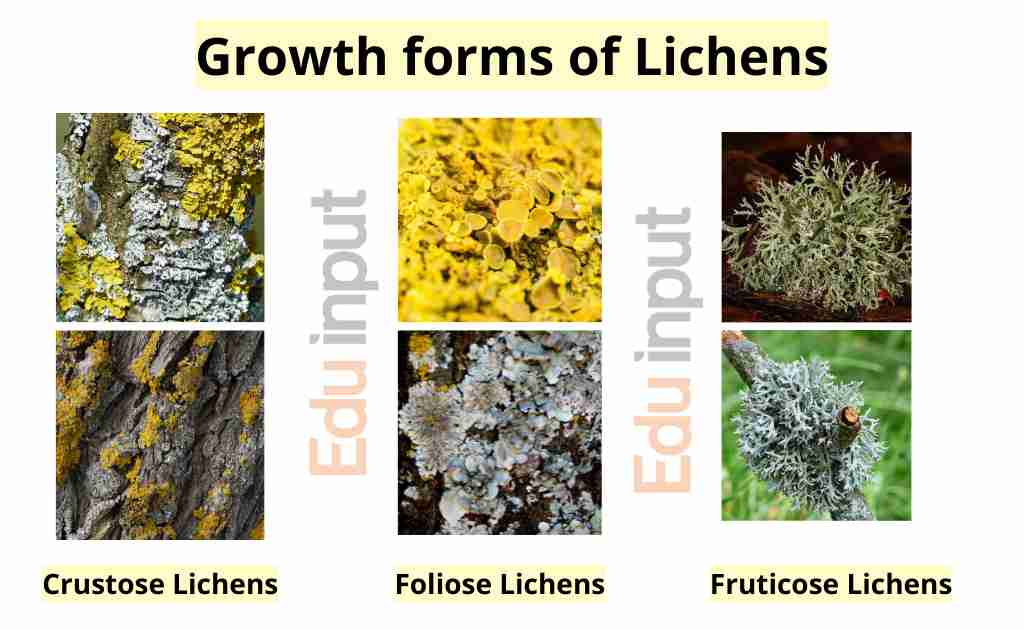Reproduction In Fungi-An Overview
Fungi are single-celled organisms that reproduce through spores. Fungi are eukaryotic organisms that lack cell walls. They include mushrooms, molds, yeasts, and other types of fungi. Fungi are microscopic organisms that live in soil or water.
They play an important role in recycling nutrients and decomposing organic matter. Most plants depend on them for their survival.
Fungi are also known as mushrooms, molds, and yeasts. There are over 100,000 species of fungi, and they are found everywhere from Antarctica to the tropics.
Reproduction In Fungi
The majority of fungal species reproduce asexually. Fertilization does not occur in these species. Instead, they use hyphae to transport sperm cells to ova. Hyphae are long threadlike structures that help fungi move throughout their environment.
When the hypha encounters an ovum, it absorbs the sperm cells and transports them to the ova. After fertilization, the hypha splits into two daughter hyphae. Each daughter hypha carries the newly formed zygote.
In some cases, fungi reproduce sexually. In these species, the male and female gametes are produced separately. The male gamete is called a spermatium. The female gamete is called an oogonium. Both gametes are carried by hyphae. Sperm cells are released from the spermatium and travel toward the oogonium.
Once the spermatium reaches the oogonium, it fuses with the oogonium to form a zygospore. The zygospore then undergoes meiosis and produces haploid nuclei. These nuclei combine to form diploid nuclei. The diploid nuclei then develop into four haploid nuclei. The haploid nuclei then develop back into diploid nuclei, completing the cycle.
Reproduction in fungi may be vegetative, asexual, or sexual.
Vegetative Reproduction In Fungi:
A small part of the hyphae of fungi is responsible for producing complete mycelium. In some fungi, fruiting bodies can actually form new mycelium. However, sometimes some parts of the fungi will decompose. The remaining part then has to develop new mycelium.
Asexual Reproduction In Fungi
Fungi reproduce by producing spores during favorable conditions. These spores have thick walls and are produced in large numbers in a single cycle. Unicellular fungi, like yeasts, reproduce by binary fission or budding. The following types of spores are produced in fungi:
1. Endospore: Endospores are created inside sporangia and released when the plant is ready to reproduce.
2. Conidia: The spores produced at the tip of hyphae outside the sporangia are called conidia. Conidia are produced on special hypha called conidiophores
3. Zoospores: The spores of aquatic fungi are motile. They contain flagella. Such spores are called zoospores. Zoospores are very rare in fungi.
4. Aplanospores: Non-motile fungi that live in water are called Aplanospores. These spores typically don’t move much, if at all.
5. Arthrospores or oidia: In some fungi, the hyphae break up into tiny individual cells. These cells act as spores. These types of spores are called arthrospores or oidia.
6. Clamydospores: Sometimes, individual cells of the hyphae become thick walled. These cells behave as spores. Such spores are called chlamydospores.
Sexual Reproduction In Fungi
Sexual reproduction in fungi has three phases:
(a) Plasmogamy: Two cells, each with half the normal amount of chromosomes, come together and fuse. This process brings the two haploid nuclei into the same cell.
(b) Karyogamy: The two different haploid nuclei join together to create a single diploid or zygotic nucleus. This process happens when two different organisms exchange genetic information to create offspring that have traits from both parents.
(c) Meiosis: The reduction division is responsible for creating haploid nuclei within the zygotic nucleus. This process is important in the development of organisms because it helps to ensure that each cell has the correct number of chromosomes.




Leave a Reply